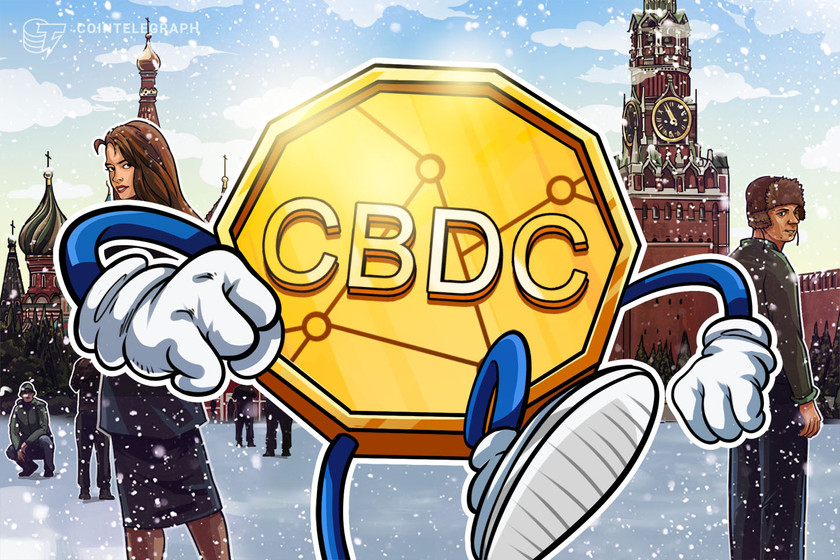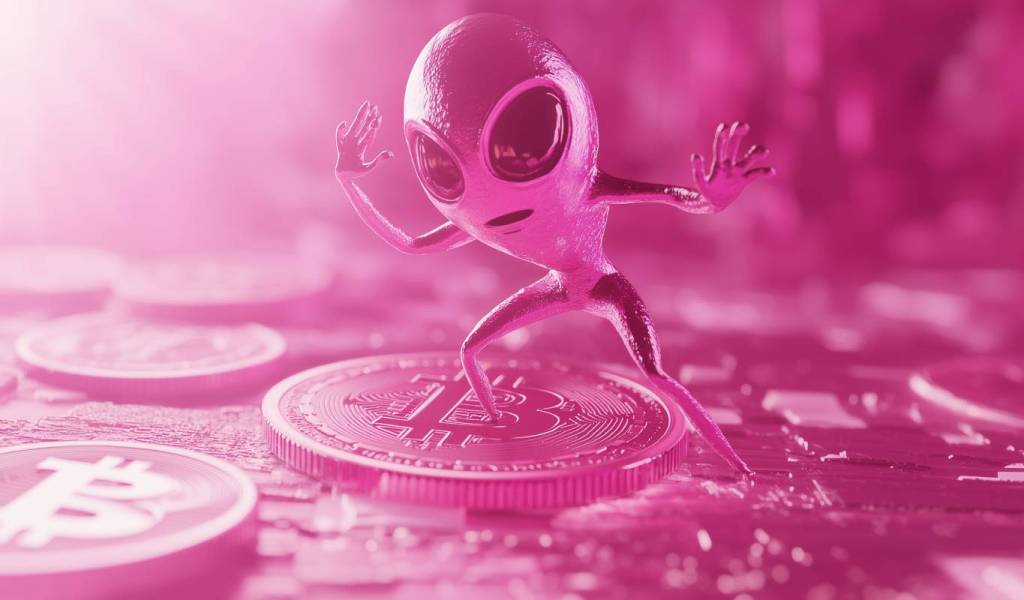
Russia’s Gazprombank recommends slow CBDC rollout fearing loss of income

Gazprombank, a subsidiary of a state-owned energy corporation, which participates in Russia’s CBDC initiative, fears losing a part of its income as the digital ruble replaces traditional fiat currency.
Gazprombank, a subsidiary of the leading Russian government-owned gas company, Gazprom, publicly proposed giving banks more time before implementing the digital ruble. The country’s central bank digital currency (CBDC) project has been accelerating due to global financial sanctions amid geopolitical tensions.
As reported by local media on Feb. 7, Gazprombank, one of the 15 banks participating in the CBDC pilot, issued a public statement with a suggestion to proceed with caution regarding traditional banks’ interests:
“It is imperative that banks take measures to mitigate potential losses. Hence, it is crucial to recognize the potential risks associated with the transition to a digital ruble and approach its implementation with caution, allowing the financial system sufficient time to adjust.“
However, the statement admits that the CBDC will help raise transparency across the Russian financial system and economy.
The Russian branch of McKinsey estimated the potential losses of traditional banks from the CBDC implementation at around $3.5 billion (250 billion rubles) in five years. At the same time, the consultancy firm estimated the retailers’ profit at $1.1 billion yearly.
Related: Iran and Russia want to issue new stablecoin backed by gold
The work on a CBDC in Russia started back in 2020. The digital rouble is currently being tested for settling with the banks and is expected to be completed this year. According to the Bank of Russia’s latest monetary policy update, the authority will begin to connect all banks and credit institutions to the digital rouble platform in 2024.
The Central Bank of Russia has also begun developing a cross-border settlement system using a CBDC. The country faced mounting financial and trade sanctions since the escalation of the Russo-Ukrainian war when it launched a full-scale invasion of Ukraine in late February 2022.
Go to Source
Author: David Attlee









